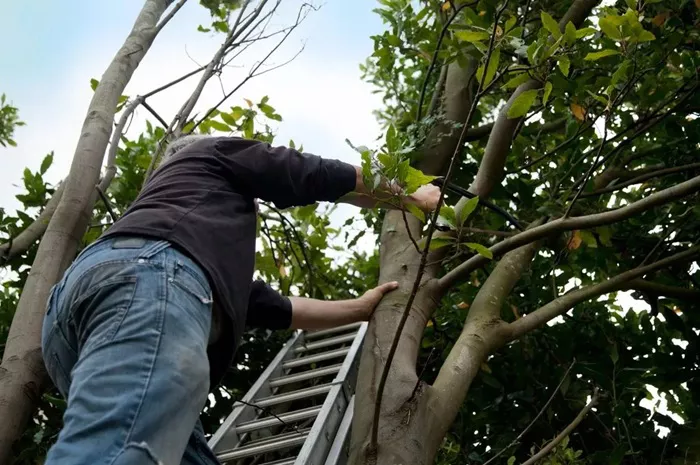As the British summer begins to bring warmer weather, gardens are experiencing rapid growth, which can sometimes lead to disputes between neighbours over overgrown hedges and branches encroaching onto adjacent properties. To help homeowners navigate these potentially prickly situations, property experts from HCB Widdows Mason are offering guidance on their rights regarding invasive greenery.
Natalie Welsh, head of property at HCB Widdows Mason, advises gardeners on how to manage overgrowth while maintaining good relations with their neighbours. “It can be quite frustrating when branches or plants from a neighbour’s garden spill over into your space,” she said. “In England and Wales, you are permitted to trim any branches that cross onto your property, but only up to the boundary line. However, it is important not to step onto your neighbour’s land or damage the tree itself.”
Welsh recommends having a friendly conversation with the neighbour before taking any action. “Let them know your plans, especially if you think you might need a tree surgeon,” she said. “If the branches are overhanging onto your side, you are responsible for the cost of removal, not your neighbour. Once you have cut them back, you are also responsible for disposing of the branches properly.”
She added that the cut branches belong to the neighbour. “You can offer to return them, but you must not simply throw them back over the fence. That would be considered fly-tipping, which is illegal,” she explained. “If your neighbour does not want the trimmings, it is your responsibility to dispose of them responsibly, either through your garden waste bin or by taking them to a recycling centre.”
Welsh also noted that the obligations for maintaining boundaries can change over time and are often poorly documented. “If your property’s title documents show ‘T’ marks, your conveyancer can advise you. These marks usually indicate which boundaries you are responsible for maintaining and repairing,” she said. “If there are no ‘T’ marks and the title is silent on boundaries, they are generally considered party boundaries, meaning the responsibility for maintenance is shared evenly with adjoining properties.”
In most cases, a friendly discussion with the neighbour can help establish ownership of the boundary in question and avoid future disputes or misunderstandings. “Boundary disputes can often become costly and acrimonious,” Welsh warned. “If you are unsure about your rights or think the situation might become complicated, it is a good idea to consult a legal expert first.”
HCB Group, which specialises in education, property, probate, and more, advises homeowners to be proactive in understanding their rights and responsibilities to maintain harmonious relationships with their neighbours.


